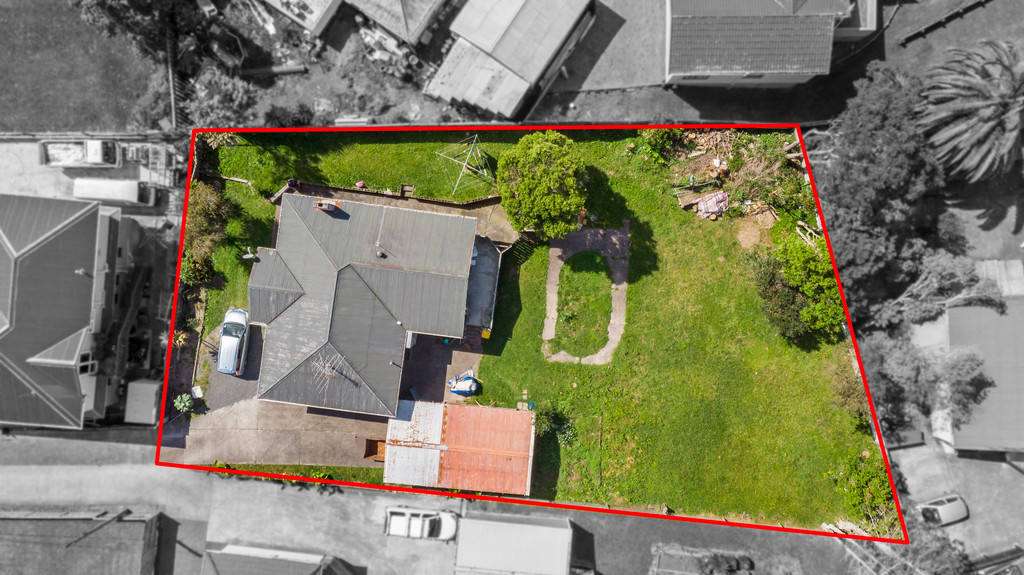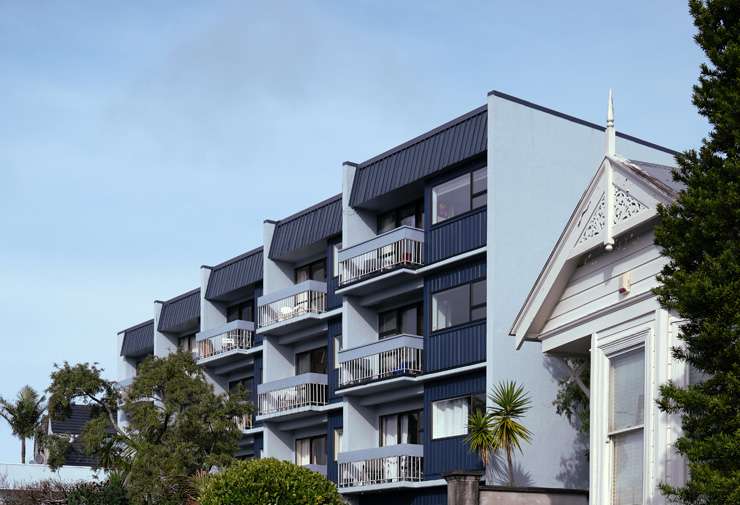New development stock, including off-the-plan homes and KiwiBuild homes, could be among the hottest markets in the year ahead, according to mortgage broker John Bolton.
“I think the great thing with KiwiBuild is the price is set. It’s $650,000 so you don’t get price movement there,” says the head of Squirrel mortgages.
READ MORE: Find out if your suburb is rising or falling
“It’s not hot from a vendor perspective, the builders have to sell these for an agreed price, but for buyers lucky enough to get one it’s a fantastic purchase.”
Start your property search
New development stock is probably going to be the easiest way for first home buyers to get into the market, rather than turning up at an auction where 300 other people are competing for a home.
Off-the-plan purchases could also prove popular, even if they do come with some risk.
“You can’t see what you’re buying until it’s finished, and maybe it never gets finished, the builder goes under or something like that, but your deposit’s protected because it’s held in trust.
“Why’s it good? It’s good because you’re not going to an auction, right? It’s got a set price – you know the price of the property and you can pay the deposit and if the market does go up this year you’re getting capital appreciation and you haven’t even settled yet.
“I think it’s going to be an increasing reality for many first home buyers, just being able to buy something at a price they can afford, so you’re talking terraced townhouses principally.
“We’ve gone from the standalone house with the little garden to a unit or a terraced house, or we’ve seen a lot more of what we call low level apartments and I really like those.
More buyers than sellers
“They’re three levels high, around places like Northcote, Onehunga and there’s quite a bit going on in that Tamaki regeneration area out towards Panmure. It’s all good stuff.
“There’s a heap of stuff coming into market and I reckon that’s where you’re going to see a lot of your first home buyer activity.”
But the market overall is hot, Bolton says.

Sections with development potential, like this one in Manurewa, are fetching big prices in South Auckland. Photo / Supplied
“I don’t think you can pick any one bit of the market. The reality is there are a lot more buyers than sellers and we’ve got very low interest rates so you combine those two things together and you’ve got what’s happening.”
Adam Thomson, director of Ray White Manukau, in South Auckland, says anything with land and subdivision potential is going to remain hot.
Developers, big and small, are out scouring for land to build homes on and when there’s already a house on the site it may be moved or demolished to make way for townhouses.
“If it’s got a nice big house it’s going to attract homeowners but often developers will pay quite a bit more. Sometimes it’s better if the house can have a holding income on it, if it’s liveable and rentable, which gives people a bit of income coming in,” he says.
“The banks will look at it a bit more favourably if you’ve got something generating income on the land as opposed to something that’s derelict and not liveable.”
On the other hand, character homes may be moved off site and sell easily.
“If you get a nice villa or bungalow you can sort of pop that anywhere if you put a bit more work into it in a nicer suburb,” Thomson says.
Build to rent in demand
The Build-to-Rent sector, where purpose-built larger-scale buildings are professionally managed for renters, could also be a market to watch, according to research by JLL.
In a recent report Paul Winstanley, head of Build-to-Rent Australia and New Zealand, says momentum is building with the challenges of last year fuelling international appetite for the sector across Australasia.
“We desperately need it,” he tells OneRoof. “I think the thing Build-to Rent offers is the chance to get that lower price point housing in terms of product.
“If you look at New Zealand generally Auckland, for example, has 75 per cent of standalone homes, so detached houses, and we now have a population of 5 million – our population doesn’t match our housing supply as in type of supply, forget how many houses we actually have, that’s a different issue.”

Auckland has more buyers than sellers right now, which is putting upwards pressure on prices. Photo / Fiona Goodall
Build-to-Rent will produce more high-density housing which will impact on the typologies and while Winstanley says he can’t talk about specific projects there is planning underway for these kinds of buildings.
“People are looking at it very, very seriously. Government support remains key and it was the same in the UK when we were establishing the sector there.”
Boding well is that housing is at the top of the Government’s agenda, he says, and for tenants of such buildings the news is good as well.
The buildings will be quality, some with on-site management, and purpose-built for long-term tenants: “It’s not security of tenure in that you’re tied into a lease forever but you know your investor or landlord is in it for the long-term so as long as you maintain your obligations they will want you to stay forever.”
The suburbs to watch
According to Colliers International, more people will look to live in lifestyle suburbs, such as Millwater or Silverdale, and some will want an office or workspace.
Pete Evans, national director of residential projects, has just released the organisation’s top ten towns and suburbs to watch this year which include nine Auckland suburbs and Tauranga.
Several of the Auckland suburbs are on the fringe, such as, Papatoetoe and Warkworth.
The suburbs reflect changing attitudes since Covid1-19 and that makes this report different to all the previous ones, Evans says.
“We’ve come up with lifestyle suburbs which people could work from home. I think there will be a renewed interest in those and particularly areas where they’re starting to provide more apartments and terraces of lesser value rather than all the $1.5m five-bedroom new houses.
“They’re starting diversity and a little bit more amenity in those areas and that’s why we picked them.”
Architects were also listening to what people are wanting in new homes – that is, an office or work space – but that may take a little bit of time to show through.
“By the time someone comes up with we should include home offices or workspaces then the architect has to design it, then it’s got to get approved by council, then it’s got to find its way to market, so in 2021 we’ll probably start to see that incorporated.”
- This content was created in partnership with Kāinga Ora











